-
Welcome to Tacoma World!
You are currently viewing as a guest! To get full-access, you need to register for a FREE account.
As a registered member, you’ll be able to:- Participate in all Tacoma discussion topics
- Communicate privately with other Tacoma owners from around the world
- Post your own photos in our Members Gallery
- Access all special features of the site
AdventureTaco - turbodb's build and adventures
Discussion in '1st Gen. Builds (1995-2004)' started by turbodb, Apr 4, 2017.
Page 272 of 281
Page 272 of 281


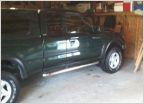 Tacomanater's Build
Tacomanater's Build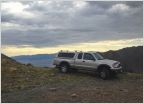 SNOW ANGEL! Build Thread
SNOW ANGEL! Build Thread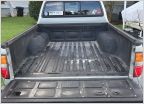 Silver 2004 DC w/305K getting some love...a Taco story
Silver 2004 DC w/305K getting some love...a Taco story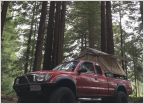 02 4banger Build
02 4banger Build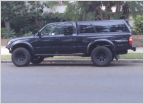 LAL00O00 Build
LAL00O00 Build








































